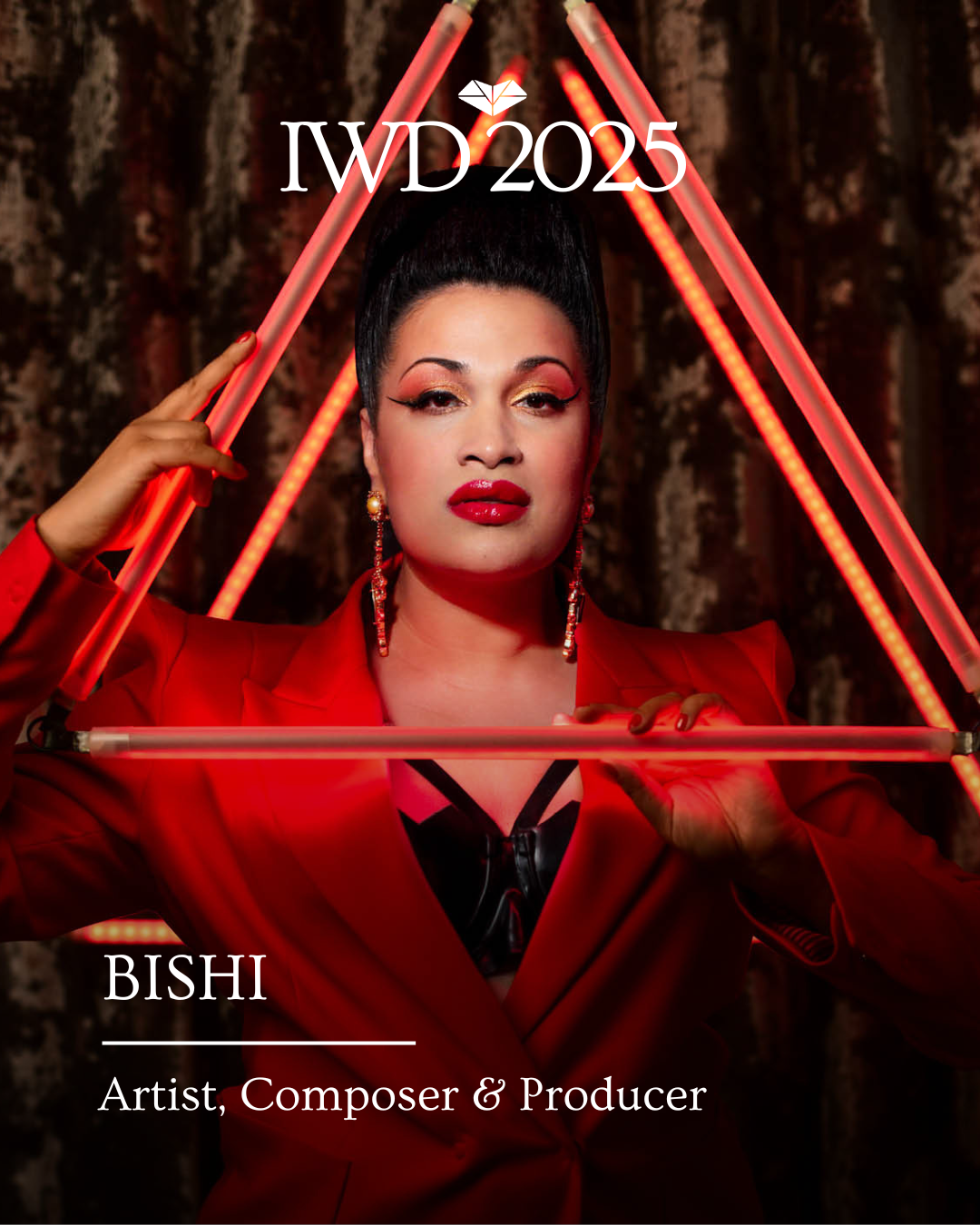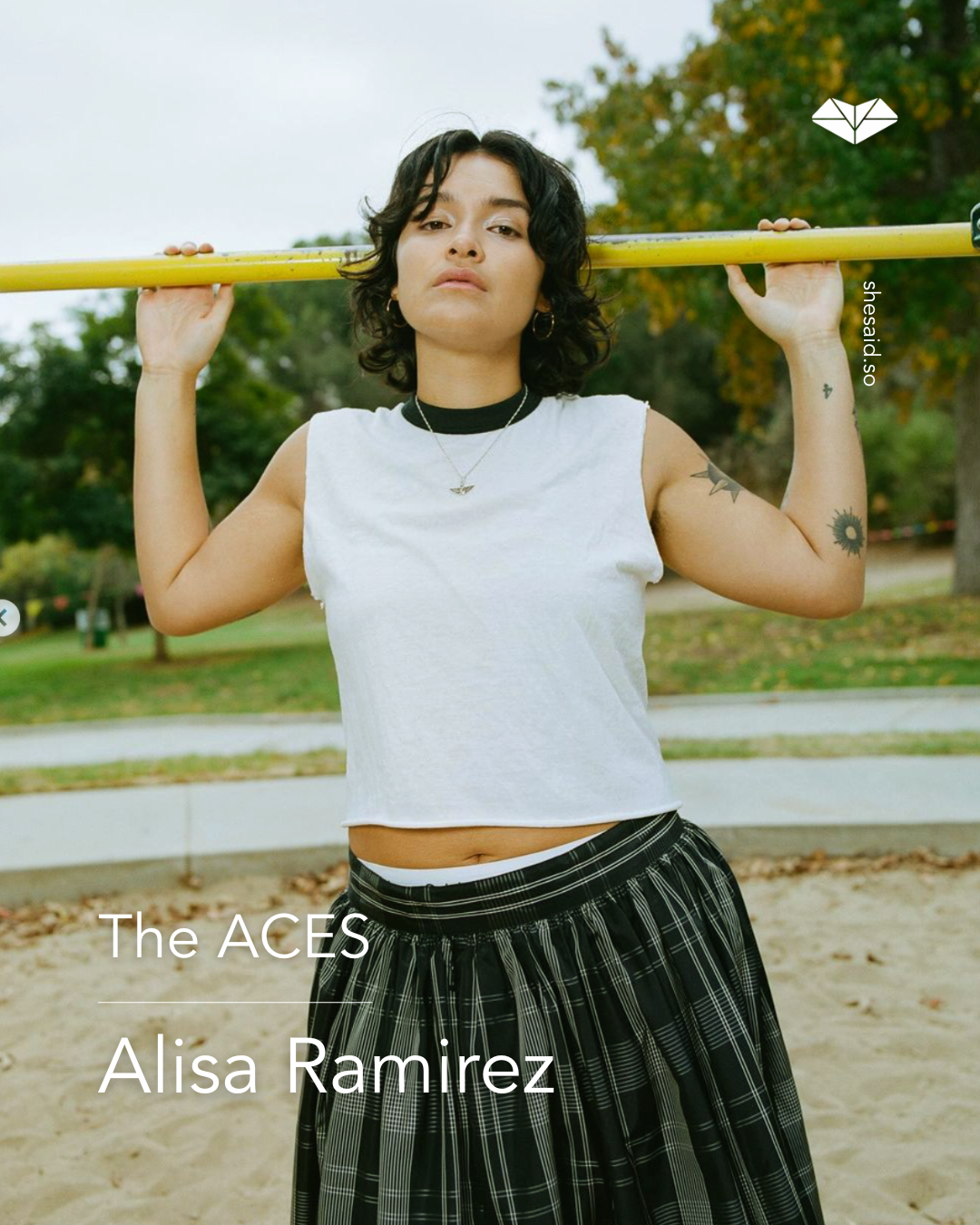Over 1 billion streams. Two UK No.1s. Three UK Top 10s. Kelli-Leigh’s voice has carried some of the biggest dance tracks of the past decade, from Duke Dumont’s “I Got U” to SecondCity’s “I Wanna Feel.” With the release of her debut album Legacy on 19 September, the Grammy-nominated singer-songwriter takes centre stage as a solo artist in her own right.
On stage, she has performed everywhere from Radio 1 Ibiza and the Capital Jingle Bell Ball to the Eurovision Opening Party and Pride celebrations across Europe. Her collaborations include work with Tiësto, Duke Dumont, Sonny Fodera, Low Steppa and many others. Through her own label Music Core, she has also built a solo catalogue supported by BBC Radio 1, Capital Dance and KISS FM, with singles such as “Unconditional” and “New Chic.”
Alongside her music, Kelli-Leigh is an advocate for artists’ rights. As a board member of the Featured Artists Coalition and host of the You Know My Voice podcast, she continues to push for better recognition and protection for vocalists in electronic music.
Legacy is a 16-track album of dance-pop that reflects her journey so far. From the retro grooves of “Broken Heart” to the uplifting energy of “Love Myself,” it marks a decisive step for an artist who has spent years shaping the sound of UK dance music.
You’ve been the voice behind multiple UK No.1s but often uncredited. What gave you the drive to finally step into the spotlight as Kelli-Leigh the solo artist, and what can other vocalists learn from that journey?
I realised that nothing was going to happen unless I started investing into myself and not waiting for anyone to give me permission or support to be the artist I wanted to be. Other vocalists coming up should definitely have the future vision for themselves at the forefront of their mind. It will be easier to grow a stronger journey without feeling like you’re being pulled in different directions.
Over 1 billion streams and collaborations with some of the world’s biggest DJs is huge. Looking back, what were the pivotal decisions that helped you sustain longevity in such a fast-changing industry?
I guess consistency and backing myself. I often say I wouldn’t be where I am now had I not decided to start self releasing. Building my own journey and self worth in am industry that now values relevance above all else it was my way of keeping in peoples minds and still growing via my own path. Then the courage to say no to things that didn’t feel right for me or If I felt I was being devalued was a major part. It was loosing the fear mindset of saying yes to anything that came even if it didn’t feel right.
You are running your own label, Music Core, and have taken control of your releases. For artists considering going independent, what’s the biggest challenge and the biggest reward of owning your work?
The biggest challenges are definitely the financial costs associated with releasing records. If you can do as much as yourself as you can (making the artwork, editing/filming video clips, vocal production and production) you’ll save money as you build your team. The biggest rewards have to be having your own music and identity out there.
When someone sings back the lyrics you wrote or tells you they have your song on their playlist as it makes them feel a certain way (motivated, comforted, happy etc) it means so much! That’s the biggest joy from it, self releasing feels like breathing on your own terms.
Through your work with the Featured Artists Coalition and your You Know My Voice podcast, you’ve advocated for vocalists to protect their rights. What are the most common mistakes singers make when it comes to contracts and credits?
Being scared to rock the boat or going into a business situation with lack of knowledge . You never know what may be a hit and you never know when a song may see the light of day. Always take a session bounce home with you so you have a copy of your work. At the end of the day from my experience I believe that good people and people your’re meant to work with will respect you and do things correctly.
You’ve moved from being a featured voice to building a full body of solo work. How does your creative process shift when writing for yourself versus collaborating on someone else’s track?
You realise you have to unlearn certain things. For example going from BV world to an Artist I had to shake certain session behaviours where you sometimes have to dumb yourself down & keep yourself small (and obviously professional) as at the end of the day you are the ‘backing’ section but an Artist has a competent different mentality and presence from the moment they walk into a room.
The same applies in a session, although the room has a lot more ‘artists' in it in general you are aiming to write something the lead artist will like so lyrically you often have to overthink is that simple enough but cool enough, is it impactful enough but repetitive enough (in case of dance music) writing your own music you get to go…at the end of the day do I love it yes or no? And to be honest with yourself, can you make it better, can you tweak it, can you hone in on sections to make a stronger record, or is this something you need to write for yourself so you can expand and write something better another day. Writing for yourself takes allowing yourself more freedom and trusting in who you are and what you want to say.
With 16 tracks, Legacy feels like a statement album. What story are you telling through this record
I love that! It very much is a statement album. It’s a statement that combines a lot of my last 7 years in the industry of being an independent artist. I started self releasing in 2018 with my first single ‘do you wanna be loved like this?’ Which ended up doing really well in the UAE and I played at Red Fest Festival and supported Fifth Harmony.
I found that I was getting more support abroad for my music then home at first but slowly I kept releasing and re investing in myself and my vision from the records I sang until eventually (after some great spot plays and tracks of the week from various radio stations) I landed my first ever solo play-listed record on BBC R1 with Unconditional.
I felt so emotional about it as that playlisting nod landed 10 years after I had sung 2 UK number 1s in 2014. I felt like I had finally cut through even though no label wanted to sign that record when I pitched it out in 2023.
From there I had a great meeting with the label that eventually signed Unconditional and I was really excited, I felt like a I had a team in place to take things to the next level. That then didn’t come to fruition which was followed by another disappointing release on another label which had spoke of exciting things.
I ended up ending what was an excellent year in 2024 feeling flat and that I was constantly so close to something major happening if a label or team could come and really invest properly so I decided it was time to shift my own narrative one again and finish off this last decade of my career and this huge journey I’ve been on by creating my own LEGACY.
With each one of the records on this album and the new ones too they tell a story of my resilience, my love of music and the sonics I’ve created and the fanbase that have discovered me along the way. It’s me claiming my own LEGACY in this industry that has profited off so much of my voice without really investing fully in return.
You’ve been in the industry long enough to experience both major-label and independent models. What advice would you give to younger artists about navigating those two worlds?
Ideally being independent is the way forward however the financial implications of that and the work required can be really full on, rewarding but draining. Signing to a label can be great for someone else taking the financial risk but you may feel frustrated that you can’t move as fast as you’d like to if you don’t have the right team on board. I don’t feel there is a right or wrong answer. I think you can do both self releasing and signing records to labels and build up your catalogue and ultimately you’ll learn which is the right process for you & what option makes you feel like you’re thriving.
Finally, for aspiring vocalists and songwriters reading this, what’s one thing you wish someone had told you at the start of your career?
Don’t wait for other people to give you acceptance for your own career. Start backing and building for yourself now. Start the journey of investing in yourself but learning the business side of the industry as well as the creative side. They all interplay together so the more knowledge you have the more you can set yourself off on a path to success.








































